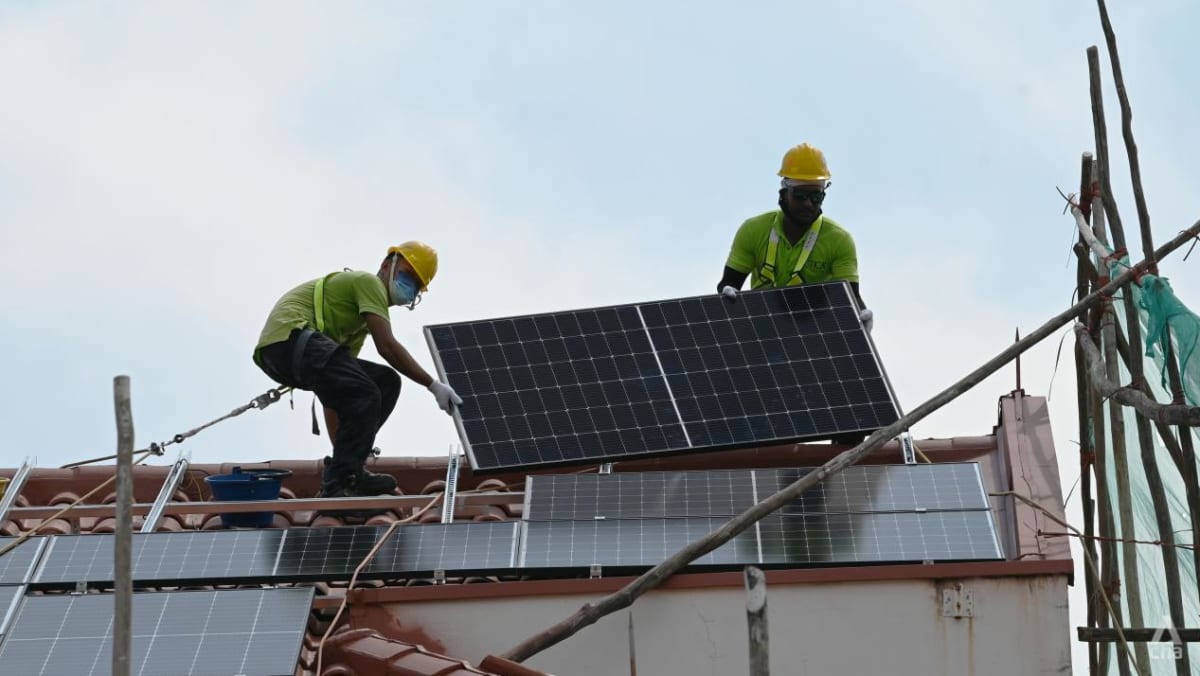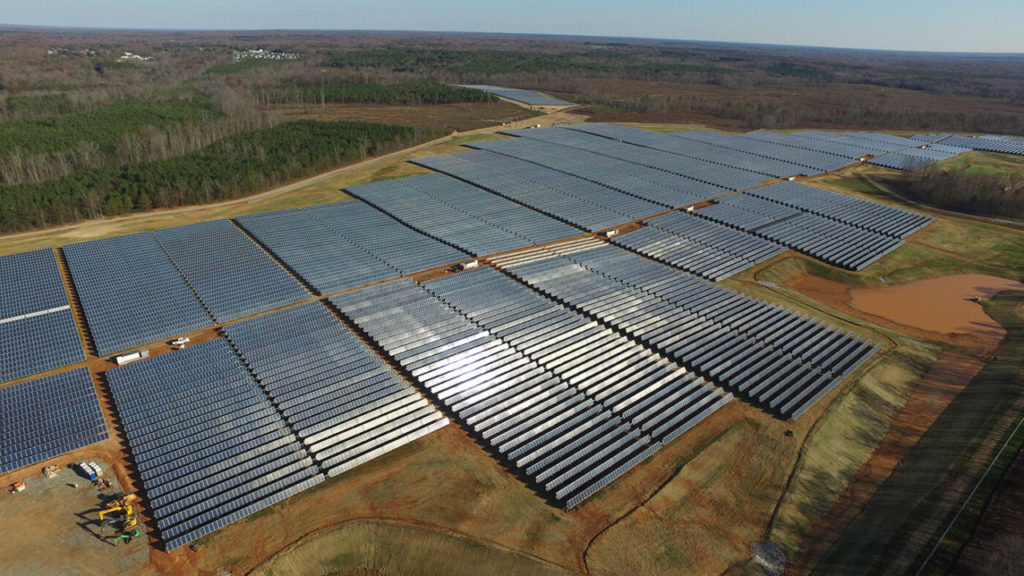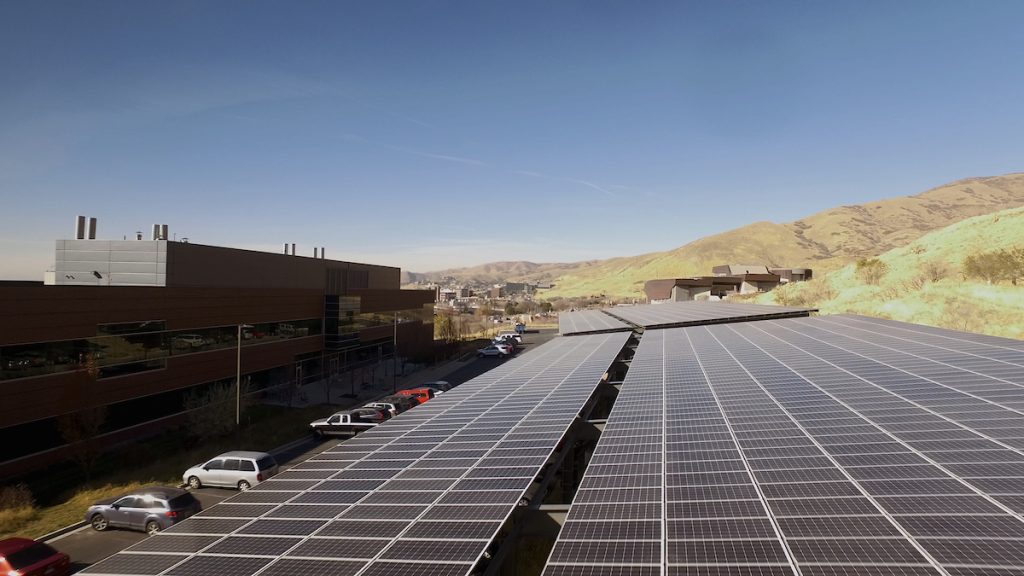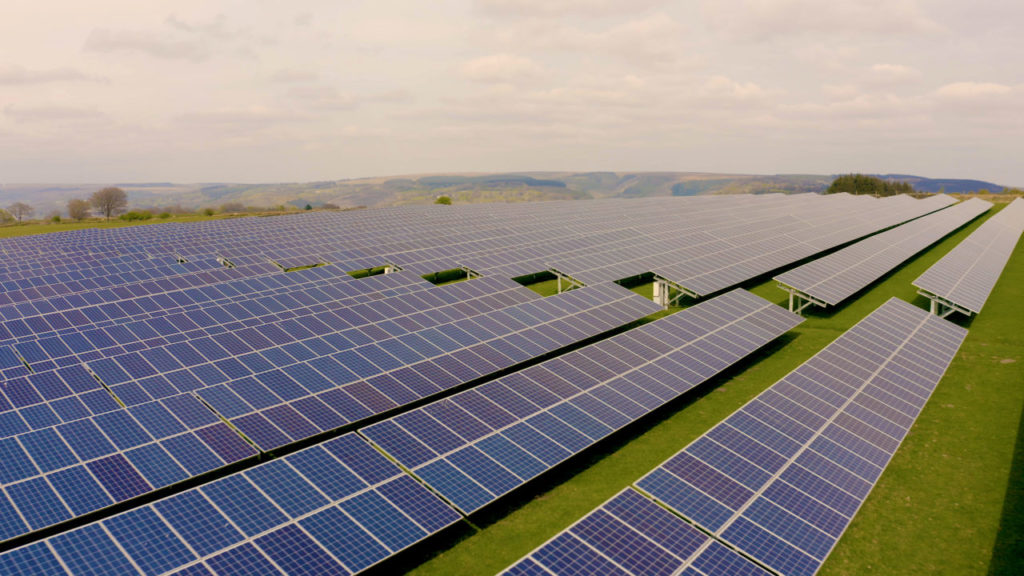Recent trends show a significant uptick in solar panel installations as prices for these systems continue to fall. Marcus Phuah, a homeowner in Singapore, recently installed a comprehensive solar panel setup on his property. Phuah’s system, costing S$33,800 (US$26,000), now generates between 50 to 90 kilowatt-hours (kWh) of energy, exceeding his household’s average monthly consumption of 63 kWh. He expects to break even within five years and potentially earn from selling surplus electricity to the grid.
Over the past two years, the cost of solar panels has dropped by approximately 60%, largely due to increased efficiency and market competition. In 2020, the wholesale price of solar panels was around US$0.22 per peak watt (Wp). This price rose to US$0.30/Wp in 2022 but has since decreased to US$0.10 to US$0.12/Wp. Industry experts believe that while prices may have stabilized, the efficiency of solar technology will continue to improve.
High Upfront Costs Remain a Barrier
Despite the reduced cost of solar energy, the initial investment for solar panel systems remains substantial. The average installation for a terrace house in Singapore costs about S$20,000. To address this, some companies offer rent-to-own models, which allow homeowners to pay a flat monthly fee instead of a large upfront cost.
The Energy Market Authority (EMA) estimates that solar energy usage at home costs between S$0.11/kWh and S$0.15/kWh, compared to the current electricity rate of approximately $0.30/kWh. Industry experts suggest that homeowners can expect to recover the installation costs through savings on their electricity bills within five to six years.
Growing Market and Increased Demand
The demand for solar panel installations has surged, driving growth for solar companies. Eigen Energy reported a 20% increase in installations, while GetSolar experienced a 30-40% rise in demand. The increased interest is partly attributed to competitive pricing and rising electricity costs.
Singapore’s solar deployment has expanded significantly, with the installed capacity increasing tenfold over the past seven years. The nation aims to achieve at least two gigawatt-peak of solar deployment by 2030. As of February, around 3,900 Housing Board (HDB) blocks have been fitted with solar panels, nearing 85% of HDB’s solar target for 2030.
Ensuring Safety with Professional Installation
As solar panel installations become more common, safety concerns have emerged. The Singapore Civil Defence Force reported three fires involving solar panels in the first half of this year. Experts attribute these incidents to design flaws, component defects, and faulty installations.
Industry professionals recommend engaging licensed contractors for solar panel installations. Companies now use advanced safety measures, including artificial intelligence to detect abnormalities and rapid shutdown devices to prevent fires and electrocution. Ensuring proper installation and regular safety audits can mitigate these risks.
Solar power is projected to supply about 10% of Singapore’s energy needs by 2050. Innovations like tandem solar cells, developed in collaboration with local manufacturers, are expected to enhance efficiency and maximize the use of Singapore’s limited land space.
Source: channelnewsasia.com





